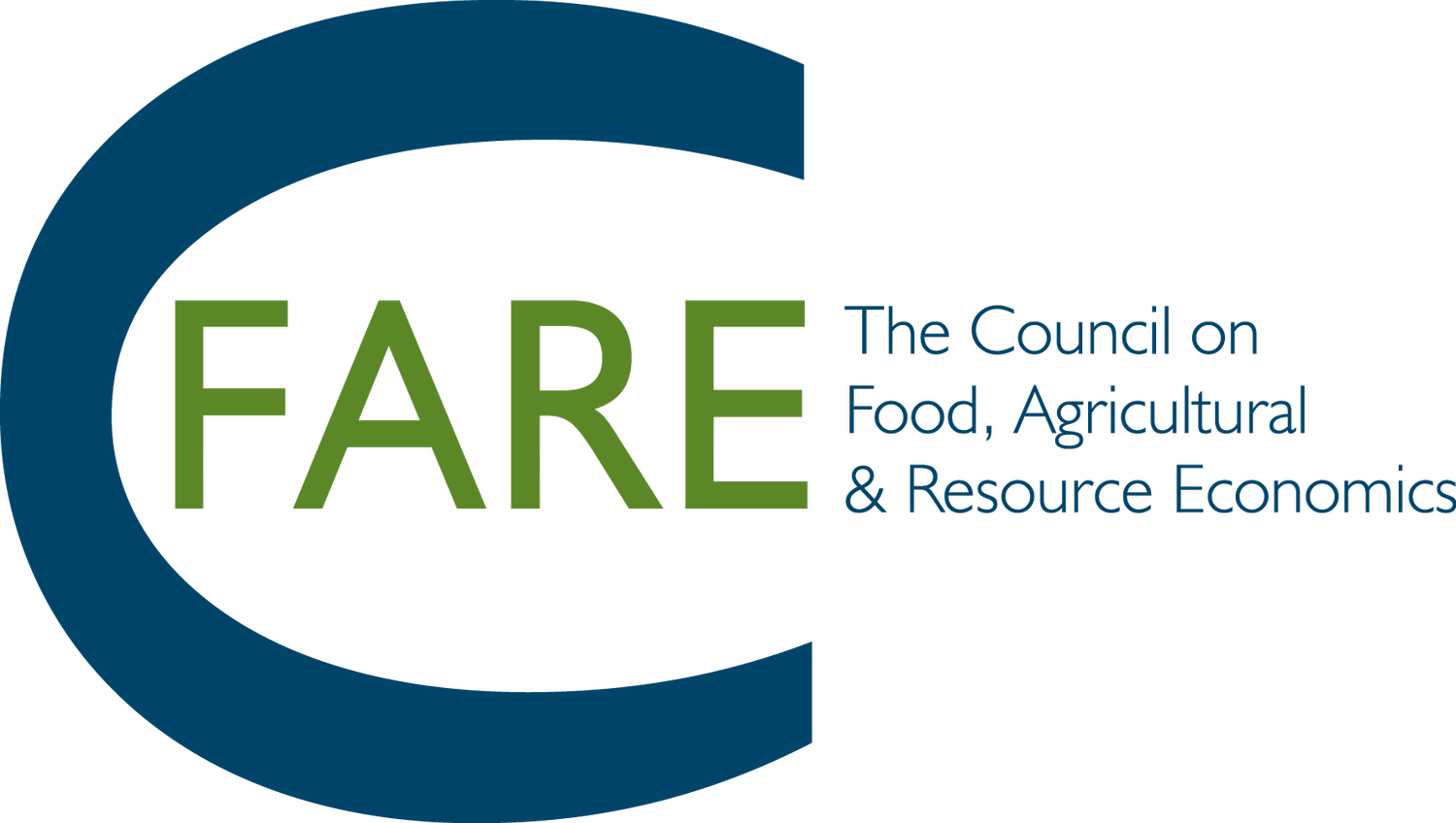The Economics of Natural Disasters
Market Corner by David Zilberman, C-FARE Board Member, University of California - Berkley
On September 6th at 4:15 a.m. local time, an earthquake of a magnitude of 7.8 struck Turkey near its border with Syria, an earthquake that killed more than 11,000 people. Just a few weeks ago, measures of flooding not seen in recent decades harmed the Southwest U.S., and droughts plagued the west, including California and the Northwest. Climate change increases the probability and ferocity of these extreme events. Thus, a key element of public policy is developing mechanisms to enhance resilience and improve human welfare.
Policies can reduce the negative ramifications of disaster by reducing the probability of occurrence of those adverse events and their magnitude, increasing the likelihood of survival and enabling quick recovery and the desire to build back better. While borrowing from the public health literature, economists introduce the notion of a damage function. This function derives the probability of the occurrence of disasters and the magnitude of their impact given the natural phenomena, government policy, and individual behavior. For example, although the distribution of the number of victims from a flood is affected by the magnitude of the initial eruption, the end outcome can be reduced by a buildup of barriers to the spread of the floods (e.g., wetlands), investment in mechanisms that minimize exposure to floods (warning systems lead to fast evacuation), development of policies that increase the life-threatening impacts of floods (requiring that stilts or piers raise houses in disaster-prone regions), and developing systems to evacuate and treat victims.
Economists use damage functions to assess the risk for agricultural production from floods, frost, or fire. They may require investment in some preventative measures and mechanisms for adaptation and adjustment once the disaster occurs. The capacity to develop defensive strategies improved over time, with better monitoring systems, quantification, and computer power that allows better assessment of damages and better mechanisms to locate and transfer individuals, such as improved drones, helicopters, and other means. The design of an effective disaster protection policy is an economic decision guided by the damage function, used by decision-makers to develop policies that maximize the net benefit to society while considering the damage to humans and the environment. As climate change ramps up havoc, the risk becomes a significant area of agricultural economics.
Disaster protection policies should ensure the economic survival of agricultural production and farmers' well-being. These needs led to the development of various crop insurance policies. Insurance policies go beyond the benefit of individual farmers and are used to ensure the integrity of the farming system and the availability of affordable food to consumers. Insurance strategies should also discourage farmers or other agricultural agents from taking unnecessary economic risks, such as living in flood zones or engaging in risky activities that increase the probability of a mishap and the magnitude of the damage while not generating any added value. Discussion and analysis of disaster risk management is an important area of research and communication between government, industry, and academia. CFARE looks forward to sponsoring one of these events this Monday at noon.
